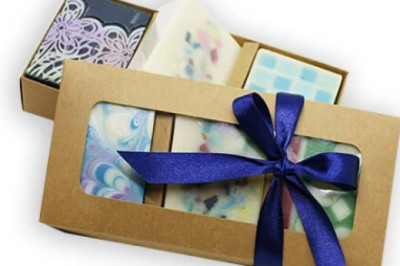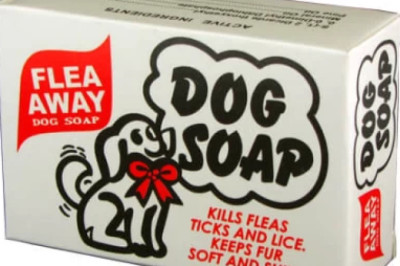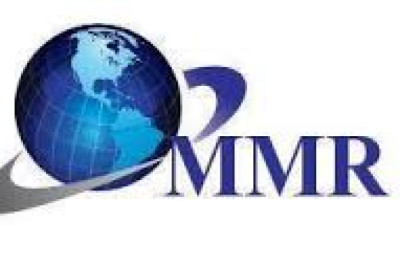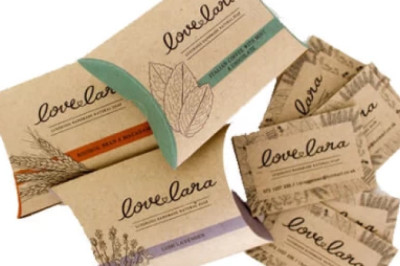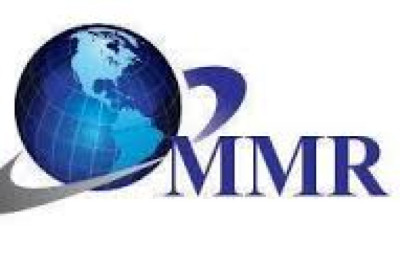views

Cold brew coffee has become a popular alternative to traditional hot-brewed coffee, especially during the warmer months. Its smooth flavor and perceived lower acidity make it a favorite for coffee lovers seeking a less bitter and more refreshing drink. However, one of the most common questions about cold brew is related to its caffeine content. Many coffee enthusiasts are curious about how much caffeine is in cold brew compared to other coffee drinks. In this blog, we’ll delve into the factors that influence the caffeine levels in cold brew and provide insights into how you can manage your cold brew caffeine content.
What Is Cold Brew Coffee?
Before we dive into caffeine levels, it’s important to understand what cold brew coffee is and how it’s made. Unlike traditional coffee, which is brewed with hot water, cold brew is made by steeping coarsely ground coffee beans in cold water for an extended period, usually between 12 to 24 hours. The result is a concentrated coffee that can be diluted with water, milk, or a milk alternative before serving.
Cold brew is distinct from iced coffee, which is simply hot-brewed coffee that has been cooled and poured over ice. The extended steeping process of cold brew results in a coffee that is less acidic and bitter, with a naturally sweeter flavor profile. This method also extracts a different range of compounds from the coffee beans, including caffeine.
Understanding Cold Brew Caffeine Content
One of the key reasons cold brew has garnered attention is its caffeine content. The cold brew caffeine content can vary significantly depending on several factors, including the coffee-to-water ratio, the type of coffee beans used, and the steeping time. On average, cold brew coffee contains more caffeine than regular hot-brewed coffee, but this can differ based on how it’s prepared.
- Coffee-to-Water Ratio: The concentration of caffeine in cold brew largely depends on the coffee-to-water ratio used during brewing. A higher coffee-to-water ratio will result in a stronger, more caffeinated brew. For instance, a typical cold brew might use a ratio of 1:4 or 1:5 one part coffee to four or five parts water. Some cold brew concentrates, however
, use ratios as high as 1:2, resulting in a significantly stronger and more caffeinated beverage. When this concentrate is diluted with water or milk, the caffeine content per serving decreases, but it can still be higher than that of a regular cup of coffee.
- Type of Coffee Beans: The type of coffee beans used can also affect the cold brew caffeine content. Arabica beans, known for their smooth flavor and lower acidity, typically have less caffeine than robusta beans. However, cold brew is often made with Arabica beans because of their flavor profile. The roasting level of the beans also plays a role lighter roasts retain more caffeine than darker roasts because the roasting process reduces the caffeine content.
- Steeping Time: The length of time the coffee grounds are steeped in cold water has a direct impact on the amount of caffeine extracted. The longer the steeping time, the more caffeine is pulled from the beans. A standard 12-hour steep will extract a significant amount of caffeine, but some recipes recommend steeping for up to 24 hours for a more potent brew. It’s worth noting that there is a point of diminishing returns; after a certain amount of time, the rate of caffeine extraction slows down, and the difference in caffeine content between a 12-hour and a 24-hour steep may not be as significant as expected.
- Serving Size: Because cold brew is often served as a concentrate and then diluted, the amount of caffeine in your final cup can vary depending on how much water or milk you add. A typical 8-ounce cup of cold brew concentrate can contain anywhere from 200 to 300 milligrams of caffeine, which is significantly higher than the average cup of hot coffee, which usually contains around 95 milligrams of caffeine. However, once diluted, the caffeine content per serving will be closer to that of regular coffee, though it may still be slightly higher depending on the dilution ratio.
Cold Brew vs. Hot Brew: Which Has More Caffeine?
Many people assume that cold brew has less caffeine than hot-brewed coffee because it tastes smoother and less bitter. However, the opposite is often true. The brewing method, combined with the higher coffee-to-water ratio, typically results in cold brew having more caffeine per ounce than its hot-brewed counterpart.
For example, a typical 16-ounce cold brew from a coffee shop can contain around 200 to 300 milligrams of caffeine, while a 16-ounce cup of hot coffee may have around 150 to 200 milligrams. Of course, these numbers can vary widely based on the factors mentioned earlier, but cold brew generally packs a more significant caffeine punch.
Managing Your Cold Brew Caffeine Intake
If you’re sensitive to caffeine or simply want to manage your intake, there are several ways to control the cold brew caffeine content in your drink:
- Dilution: One of the easiest ways to reduce the caffeine in your cold brew is by diluting it more with water or milk. Start with a small amount of cold brew concentrate and gradually add your preferred diluent until you reach the desired strength.
- Shorter Steeping Time: Reducing the steeping time can lower the amount of caffeine extracted from the coffee beans. If you usually steep your cold brew for 24 hours, try cutting it down to 12 hours to see if you notice a difference in both flavor and caffeine content.
- Use Decaf Coffee Beans: If you enjoy the taste of cold brew but want to avoid the caffeine, try making it with decaffeinated coffee beans. You’ll still get the smooth, rich flavor of cold brew without the stimulating effects of caffeine.
- Choose a Lighter Roast: As mentioned earlier, lighter roasts retain more caffeine. If you prefer a milder caffeine content, consider using a medium or dark roast coffee for your cold brew.
Conclusion
Cold brew coffee offers a delicious and refreshing alternative to traditional hot coffee, especially during warmer weather. However, it’s important to be mindful of its caffeine content, which can be significantly higher than that of regular coffee. By understanding the factors that influence cold brew caffeine content, such as the coffee-to-water ratio, bean type, steeping time, and dilution, you can customize your cold brew to match your caffeine tolerance and taste preferences.


